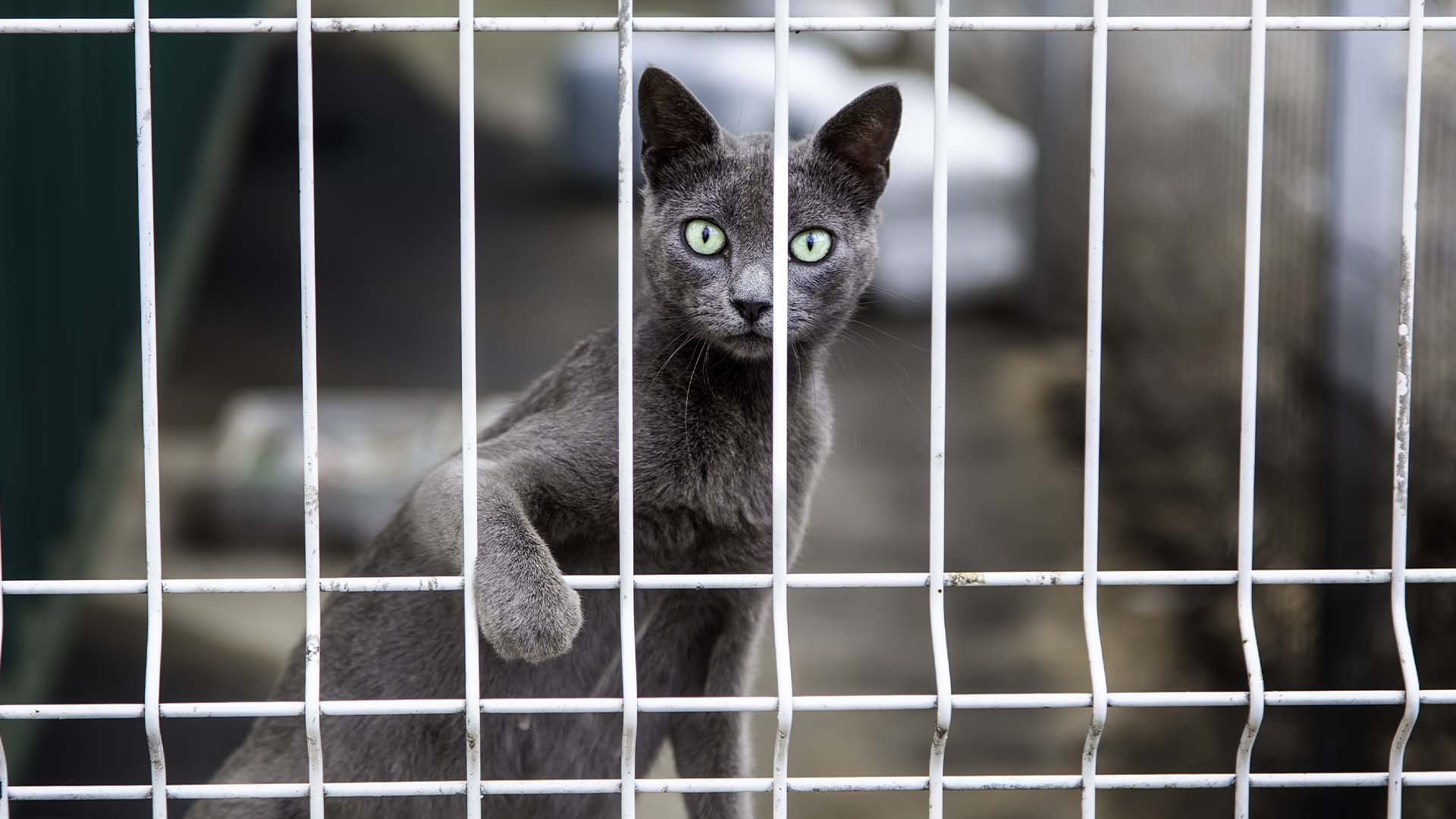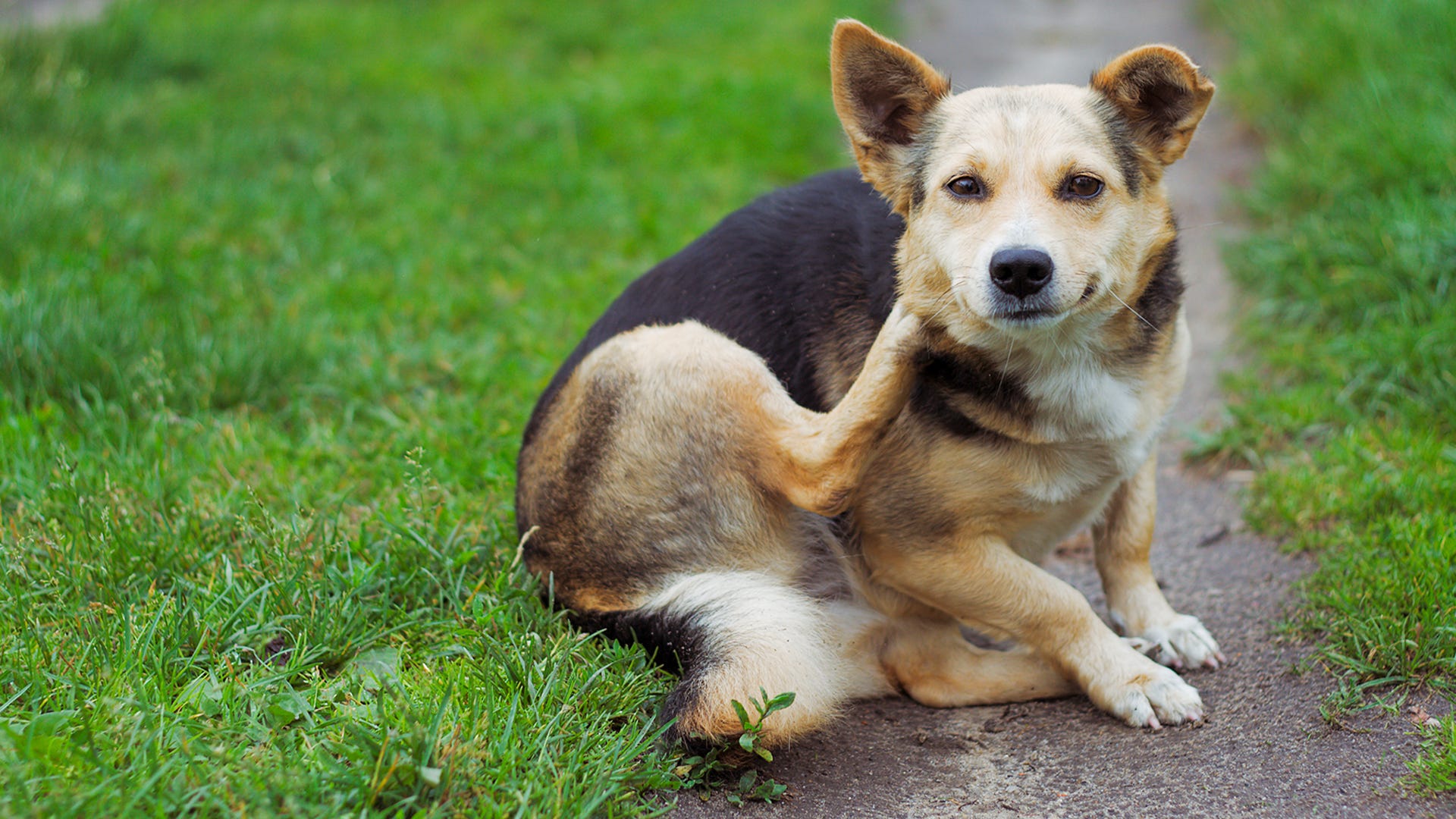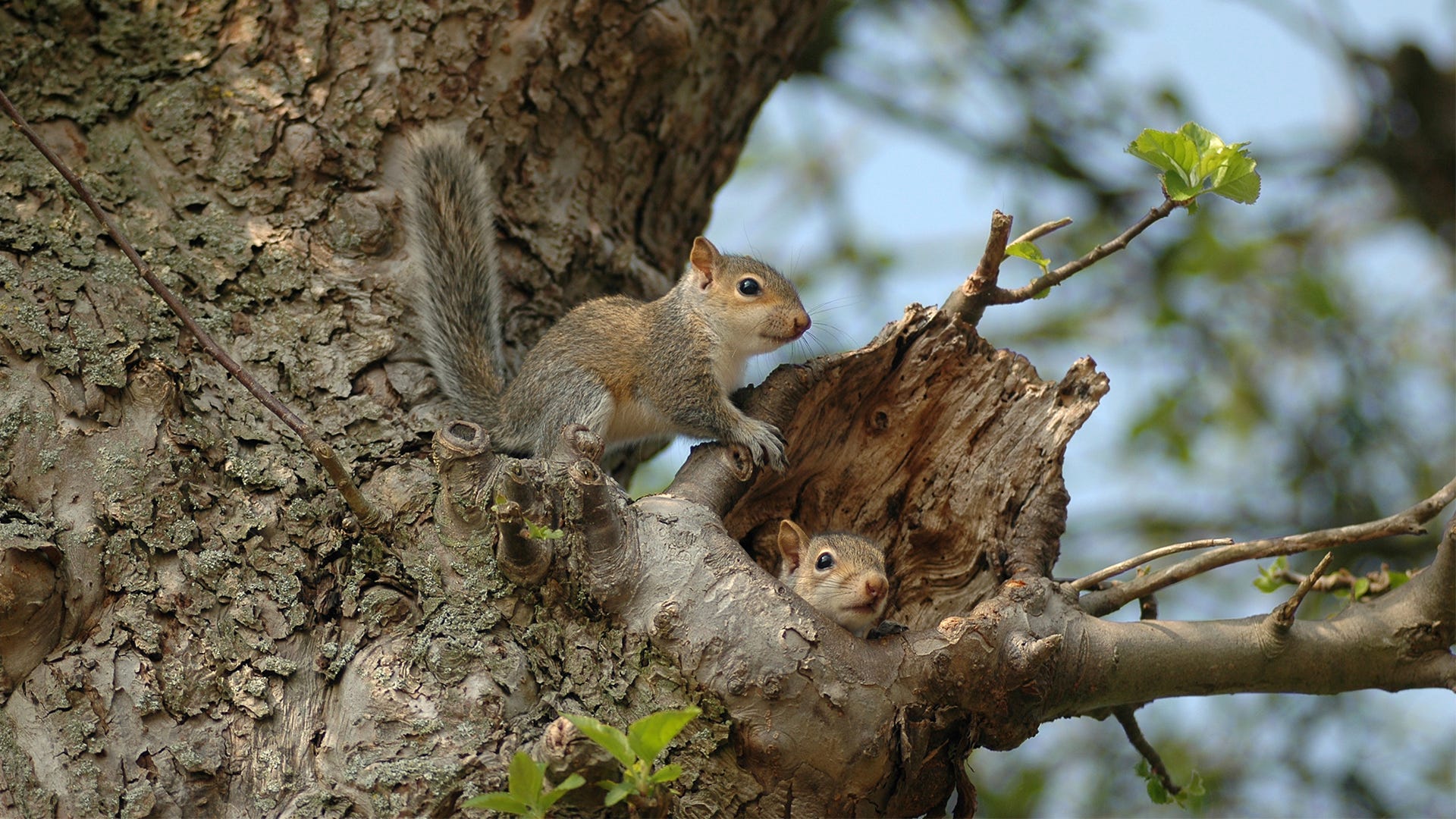
Overturned trash cans … trampled gardens … upended birdfeeders … damage to plants or shrubs … holes dug into the lawn … these are just a few of the many signs that your property has become the target of an animal invasion. Each year, wild and stray domestic animals cause millions of dollars in property damage across the United States. Even more concerning, some animals carry diseases that could be transmitted to humans. In some cases, animals will attack unsuspecting children or family pets.
There are many different types of animals that can pose a threat to a homeowner. An important first step to effective animal control is being able to properly identify the critter wreaking havoc on your property. Here are the telltale signs left by the some of the most commonly found animal invaders:
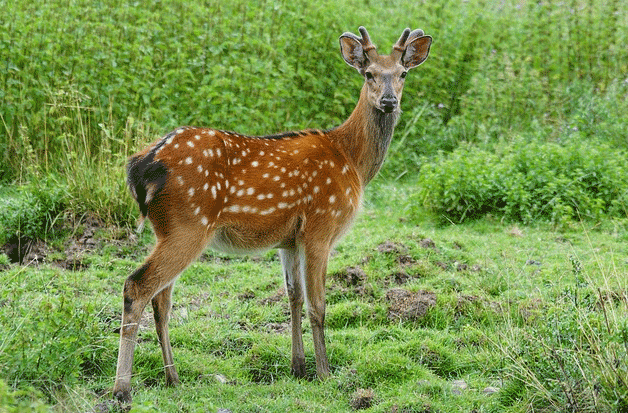
Deer: Despite their delicate appearance, deer can trample through a garden and quickly devour your fruits and vegetables. Other signs of a deer invasion include bark removed from trees — caused by deer rubbing their antlers — and ragged edges on plant leaves.
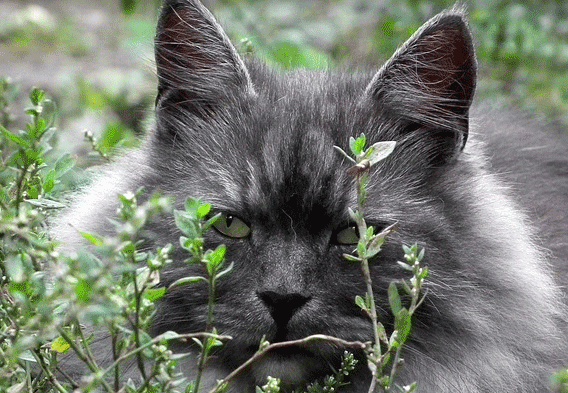
Cats: Feral, stray cats and even neighborhood pets cause feline damage. Signs can include overturned trashcans, the digging up of your yard or garden, and the discovery of dead birds on your property.
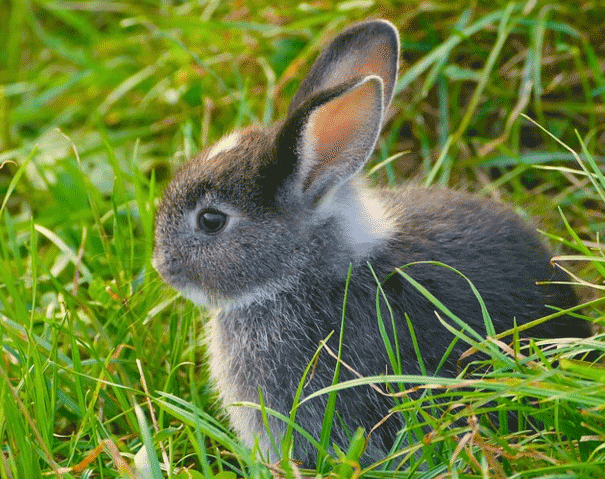
Rabbits: Rabbits are notorious garden menaces — signs of a rabbit invasion include damage to plants such as peas, lettuce, cabbages and beans. Rabbits will also chew on woody plants and shrubs.
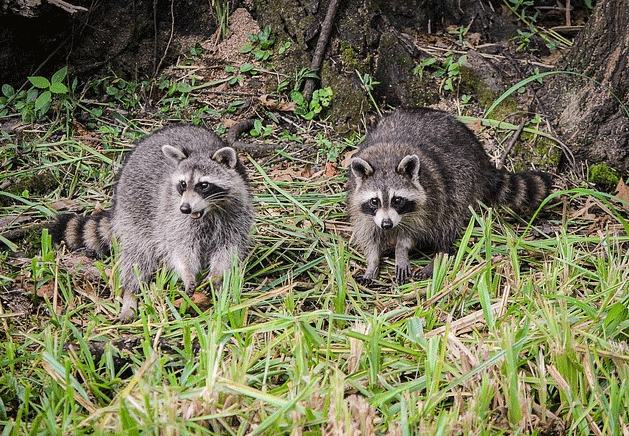
Raccoons: Like cats, raccoons target trashcans as a primary food source. They’re also known for raiding birdfeeders and pilfering fish from ponds. Some raccoons will even seek shelter inside homes, so you could find a mama raccoon and babies in your attic!
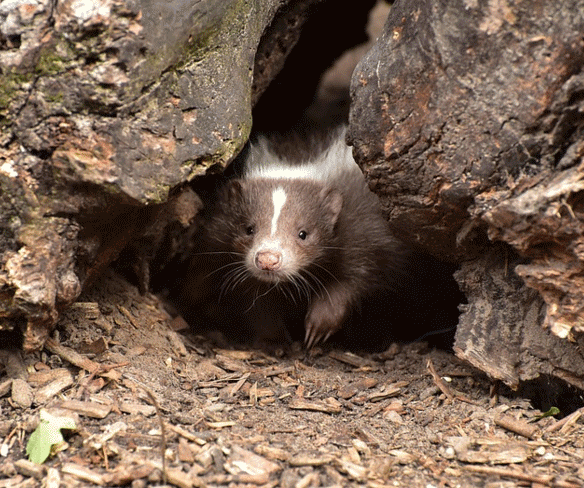
Skunks: The unmistakable pungent odor of skunk spray is a telltale sign of skunk activity on your property. Other signs include digging in your lawn and missing fruits and berries. You might even encounter a skunk family living under your porch, deck or shed.
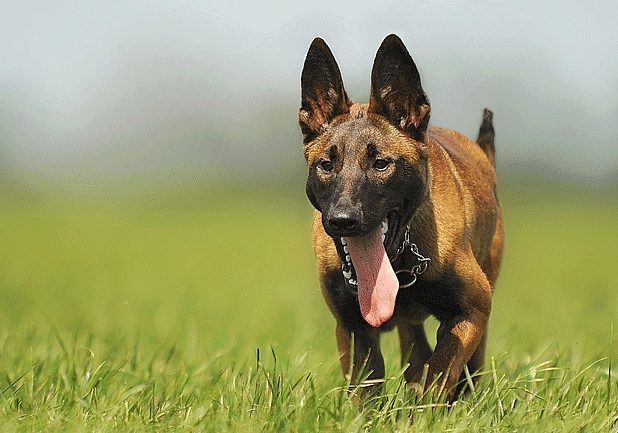
Dogs: You might notice stray dogs or wandering neighborhood canine pets harassing your children or animals. Other signs of nuisance dogs include defecating or urinating on your property, holes dug in your lawn and upended trashcans.
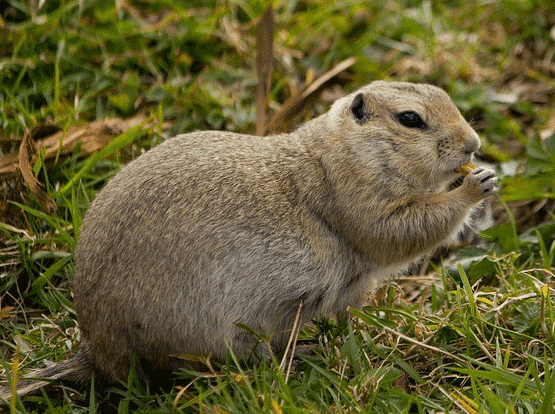
Gophers: Gophers are voracious eaters that can do extensive damage to your plants’ underground root systems. A telltale sign of gopher activity is the presence of crescent-shaped mounds of dirt caused by their digging of underground burrows.
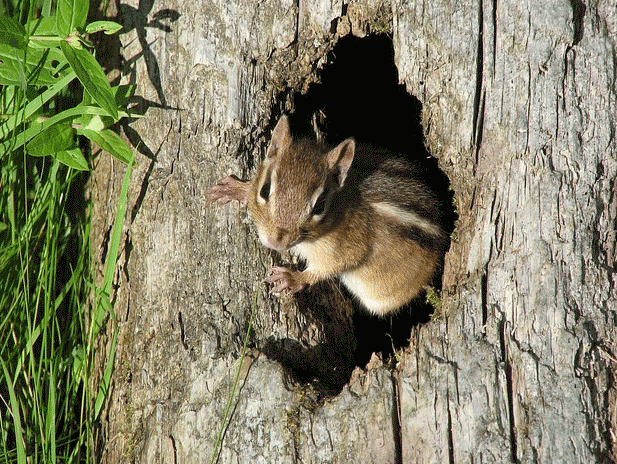
Chipmunks: While perhaps not as prevalent as other forms of wildlife, chipmunks can cause property damage such as digging up bulbs and seedlings, raiding and knocking over birdfeeders and digging holes in lawns or building foundations.
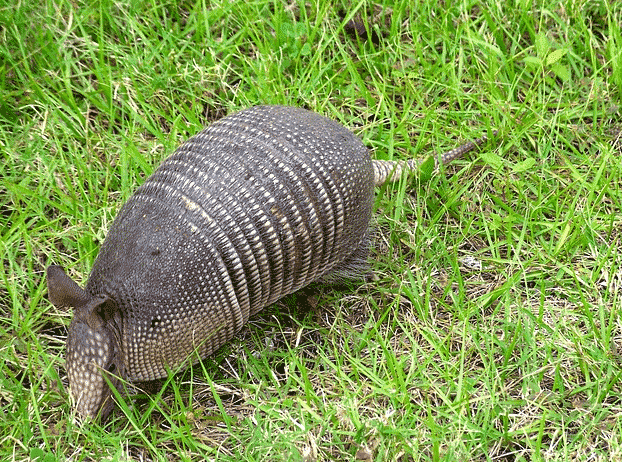
Armadillos: Nine-banded armadillos have garnered some recent attention due to their link with leprosy in humans. They also dig holes about three to five inches wide and one to three inches deep that can quickly destroy a lawn.
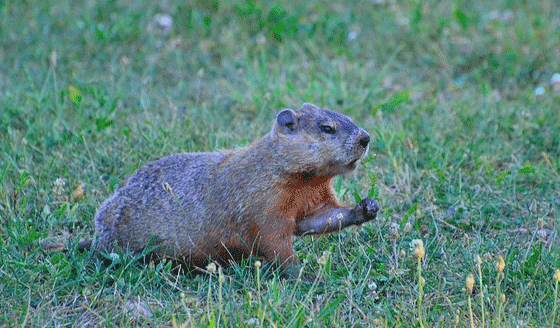
Groundhogs: Groundhogs are primarily subterranean critters that cause extensive property damage by digging. Look for holes in your lawn about six to eight inches in diameter, which are a sign of groundhog burrow entrances. However, these can be hard to find because grounds often hide them with vegetation.
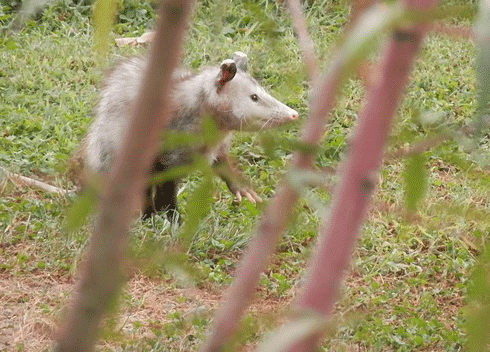
Opossums: Signs of possum activity can include overturned trashcans and missing fruits and berries. Possums will also raid poultry houses to steal eggs and feast on chicks. They sometimes build nests in basements, attics and crawlspaces, causing damage to ductwork and electrical wires.
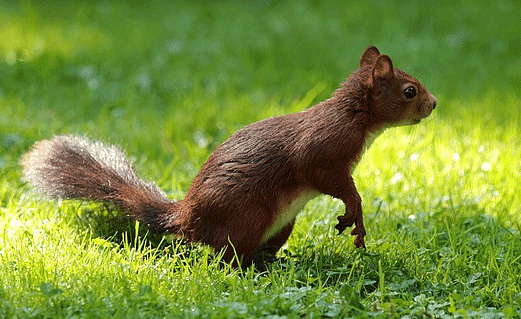
Squirrels: Gnawing squirrels can cause damage to wooden structures and trees. Squirrels also steal food from bird feeders and dig holes in lawns for storing food. Squirrels are also another type of critter that will seek refuge in attics.
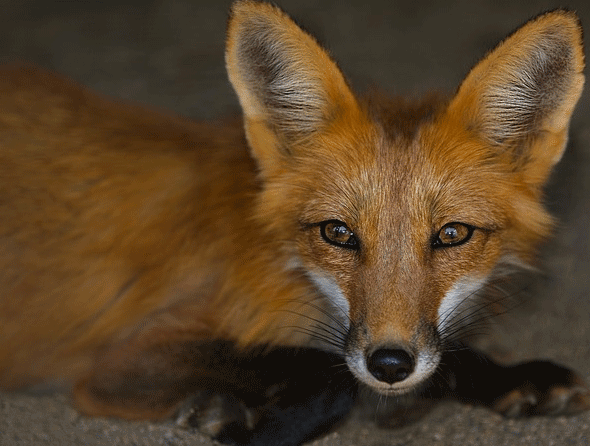
Foxes: Sneaky foxes are nocturnal nuisances that do most of their damage while you sleep. Signs of fox activity include dead poultry, overturned trash cans, and devoured fruits and vegetables in gardens.
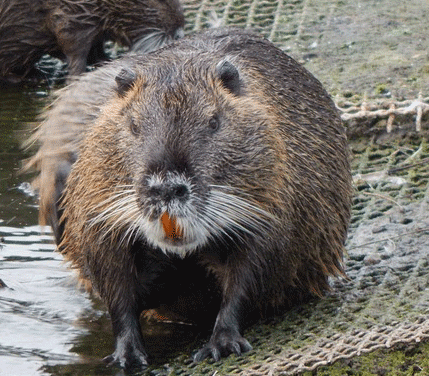
Muskrats: Muskrats are semiaquatic animals that cause most of their damage by burrowing into the stream banks and the sides of ponds. Clear water that turns muddy is often a sign of muskrat activity.
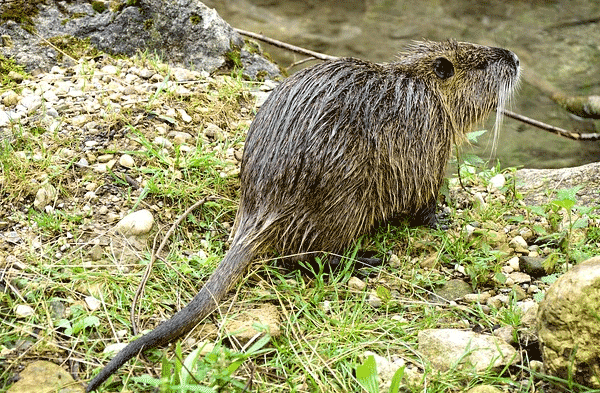
Beavers: Beavers are another water-dwelling animal that can also cause damage on land. Signs of beaver activity included gnawed trees and the presence of dams in bodies of water.
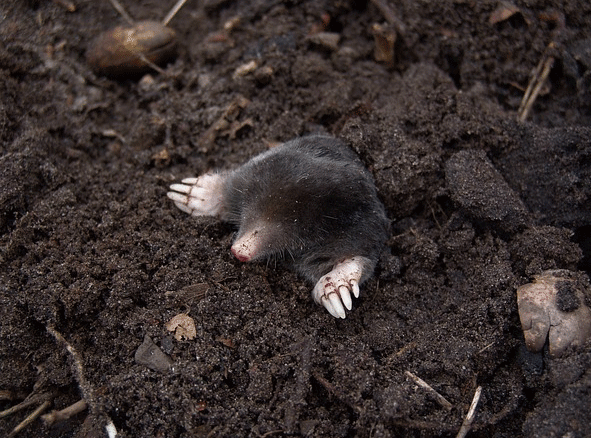
Moles: Another underground mammal, moles are equipped with hand-like front paws that are excellent for digging. Look for the molehills, the small piles of dirt caused by mole excavations.
Steps You Can Take to Make Your Property Less Attractive to Nuisance Animals
The best way to prevent a critter invasion is to take a proactive approach to animal control. Here are a few steps you can take right now:
- Construct barriers to prevent animals from making homes under decks and other convenient hiding places.
- Keep trash stored in securely closed containers.
- Seal openings that can allow animals to enter your home.
- Remove overhanging tree limbs that give animals easy access to nearby structures.
- Consider removing birdfeeders, as they can be prime targets for many nuisance animals.
- Don’t leave pet food outside.
- Use steel mesh to close off openings in attics.
- Store opened food in sealed containers.
Using Animal Repellents
When it comes to animal repellents, electronic devices can be extremely effective for keeping nuisance animals away. Havahart® offers electronic animal repellents that can be used to deter animals from your home. Our electronic animal repellents deter nuisance pests with mild static correction, sound, motion or sudden bursts of water – none of which cause injury to the animal.
Another effective option is to use our family of animal repellents. These products contain active ingredients that impact the animals’ sense of taste and smell. You’ll find organic repellents specifically designed to deter problem critters such as deer, rabbits, skunks, squirrels and even snakes.
Using Animal Traps
An especially persistent critter may require trapping. Havahart® also offers a complete line of live animal traps that enable you to catch and relocate a problem critter to an area away from your property. Always check with the wildlife authority in your area regarding laws pertaining to trapping and relocation. To find the trap that is best-suited for catching your nuisance animal, please browse our selection of animal traps.
Don’t let your yard become an animal attractant! Take steps to keep nuisance critters away.

